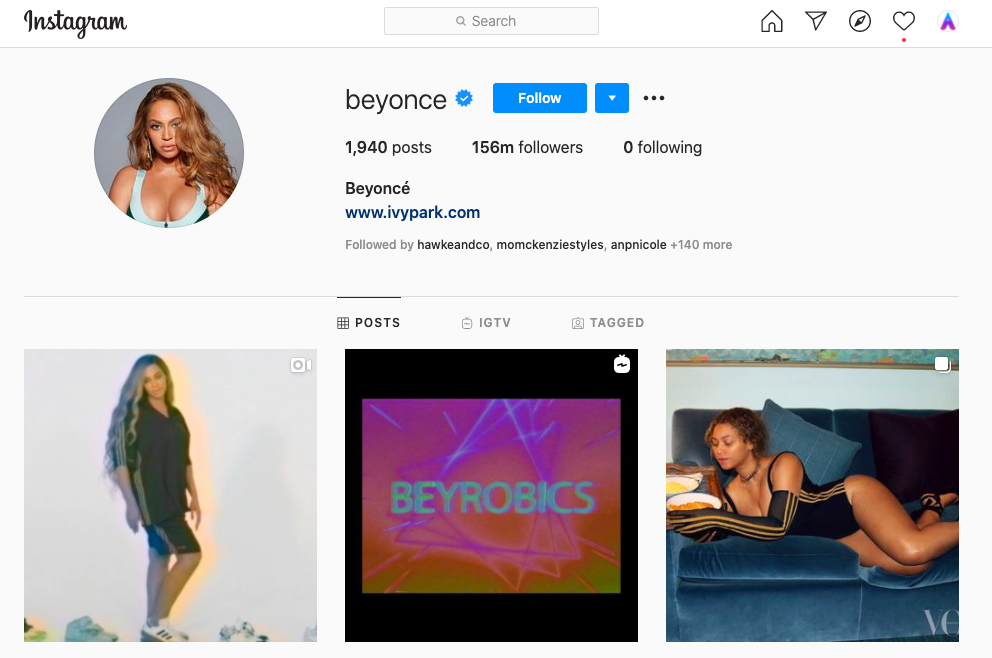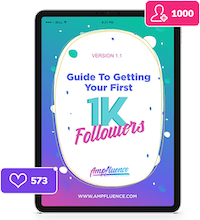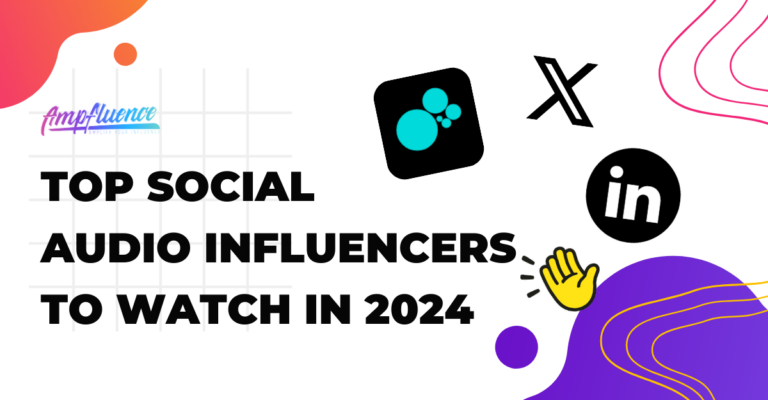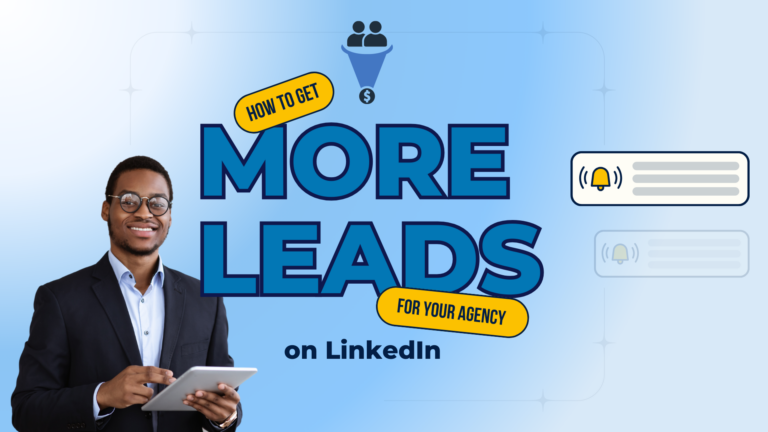Instagram users are very mindful of the follower to following ratio. The “follower ratio” seems to get more attention on Instagram and not as much on other platforms, which leaves many wondering why? So let’s ask the question directly
Does your follower to following ratio matter on Instagram?
If you ask most people, they’d say yes because the number supposedly reflects your popularity. We’ll explain why it’s really not that relevant, and what other metrics far more critical.
What is the Instagram Follower to Follower Ratio?
Today’s Instagramming society is all about the “follower to following” ratio. In order to prove one’s cyber popularity, a user must have a “good” ratio. The “follower to following ratio” is simply the ratio of your followers vs. who you follow.
For example, Beyoncé has 156m followers and follows a whopping zero people in return. BUT she’s Beyonce. So… not a good litmus. According to every calculator 156m/0 is NOT A NUMBER.
Remember this for later because it’s important!

Instagram has evolved into a system that highlights a person’s degree of interest. If you are interesting, people will follow you regardless if you follow them. That’s the idea.
Though Jimmy Falon once said, “No one, follows anyone anymore on Instagram.” Yet, in Jimmy’s eyes, there are still a thousand or so people worth following.

Instagram is often referred to as our “Fake Persona”. It’s the social network we use to project how we want people to see us. Therefore, the “ratio” is more of a vanity metric than anything else.
What Your Instagram Follower to Following Means for Brands and Businesses
That said vanity metrics are important based on how you want your brand to be perceived. Consequently, here’s a 3-pronged scale to help you understand the basic Instagram ratio perception.
1-2 Normal: Considered a regular Instagram user who usually reciprocates a follow. These accounts are typically new accounts or casual Instagram users. An example of this ratio is someone who has 10,000 followers and follows 6,000 accounts.
2-5+ Micro-Influencer: Considered someone who has influence over their audience. The account’s content is substantial enough that it typically warrants a follow even if the account does not reciprocate. An example of this ratio is someone who has 45,000 followers and follows 7,000 accounts.
10+ Influencer: Considered a high-level influencer, social celebrity, or rising star. These accounts are usually popular on other social media channels or external networks. An example of this ratio is someone who has 70,000 followers and follows 6,000 accounts.
How to Calculate Your Instagram Follower to Following Ratio
If you want to calculate your follower to following ratio take your number of followers and divide it by the number of people you follow.
For example, if you have 12,000 followers and you are follower 1,000 people the formula for the Instagram follower to following ratio is:
12,000 followers / 1,000 following = 12
This means that for every 12 followers you follow 1 account.
More Important Factors
Factors that are more important than Instagram’s Follower to Following Ratio
- New accounts that cap their follow based on a ratio also grow slower (that’s the reality unless you’re spending money to promote your profile or inviting followers from another platform).
- The engagement metric is more important than the follower ratio. For example, if you have 20 followers and those 20 followers ignore you, then your existing follower’s don’t matter
- Unfollowing everyone you follow is considered annoying and bad IG etiquette. Which often leads to reporting or community policy violations.
Does the Instagram Follower to Following Ratio Matter?
Not really. The truth is not everyone is Beyonce or Kim Kardashian. Quite frankly, the bigger question that should be answered is if the people you are following are people you are actually engaging with.
However, playing devil’s advocate and examining the current landscape the follower to following ratio does impact some brands, influencers, and businesses in the following ways.
- Influencers are offered opportunities based on the number of followers.
- Influencers can be paid more or less based on the follower to following ratio
- Impact on brand perspective and competitiveness
The argument that numbers don’t matter is an idealistic one. Brands and influencers are impacted by these ratios. However, in an ideal world, brands and advertisers would focus more on the volume of engagement and the ability to achieve an outcome rather than pure vanity metrics.
The truth about the Instagram follower to following ratio and growth
Many brands and influencers want to amass a huge following but as a result of the “Zero” follower trend think that they should not follow anyone.
The truth is there are only a few ways for organic Instagram growth without following anyone.
Use Your Existing Audience
Use an existing audience from another platform; for example, one of our clients got on the Pinterest scene very EARLY and they have over 1 million followers there. They only recently ran a campaign to blow up their Instagram account. Since they could steer a lot of their traffic and loyal fans to Instagram, they grew without having to follow others.
High-Volume Posting
The more you post, the faster you grow your Instagram. If you’d like to grow even faster, use different types of content on Instagram. For example, post stories, reels, and IGTV daily. If you leverage trending post types you can get more exposure and grow without following people simply because you are creating content that boosts your visibility.
Contests, Campaigns, & Advertising
Accounts grow tremendously through give-aways / contests (costs money) or paid campaigns and advertising (via Instagram). This is expensive but there’s no guarantee of ROI or follower growth for that matter. Additionally, in many cases, you can expect follower churn.
Final Thoughts
As Instagram marketing continues to mature vanity metrics like Instagram’s follower to following ratio won’t weigh as heavily as other metrics. For example, we are already seeing the engagement rate as much more valuable to brands and businesses. Therefore, it’s wise to pay more attention to building an engaged audience.









5 Responses
It’s a great concept, thanks for explaining the steps in such detail!
I really enjoyed your article. It was informative and well-written. I learned a lot from it.Your article was very insightful. I had never thought about the topic in that way before.I found your article to be very helpful. I’m going to use your tips to improve my own writing.